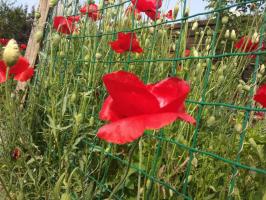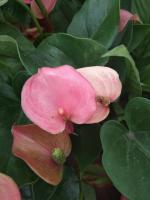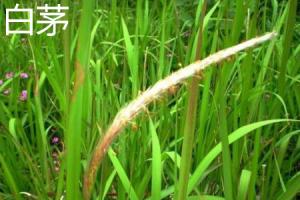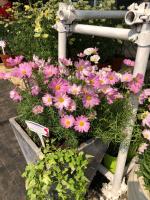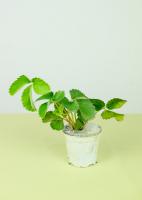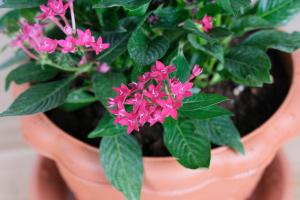How to Get Rid of Poison Ivy Plants for Good
Poison ivy is a dangerous plant that can cause serious allergic reactions to those who come into contact with it. If you have poison ivy growing on your property, it is important to get rid of it as soon as possible. In this article, we will discuss some effective methods to eliminate poison ivy plants for good.
Identify the Poison Ivy Plants
The first step in getting rid of poison ivy plants is to identify them accurately. Poison ivy plants have three leaflets joined at the stem, and the leaves are usually pointed at the tip. The plant may also have small, greenish-white flowers, and the vine can grow up to several feet in length.
It is important to take caution when identifying poison ivy plants as contact with the leaves or stems can cause severe allergic reactions. If you are not sure whether a plant is poison ivy or not, do not touch it.
Use Herbicides
One of the most effective ways to get rid of poison ivy plants is to use an herbicide. Herbicides are chemicals that are designed to kill plants, and there are several types of herbicides available that are specifically designed to kill poison ivy plants.
When using an herbicide to get rid of poison ivy, it is important to follow the instructions carefully. Wear protective clothing such as gloves, long sleeves, pants, and eye protection. Make sure to spray the herbicide directly onto the leaves and stems of the poison ivy plant.
Repeat the process after several days to ensure that all the poison ivy plants are dead. Be careful not to spray the herbicide on any other plants as it may harm them as well.
Remove the Poison Ivy Plants Manually
If you prefer a natural solution, you can also get rid of poison ivy plants manually. This method may take longer, but it is equally effective and safer for the environment.
When removing the poison ivy plants manually, it is important to wear protective clothing to avoid contact with the plant. Use gardening gloves, long sleeve shirts, pants, and closed-toe shoes. Use a sharp and sturdy tool such as a shovel or pruner to cut the poison ivy plant as close to the ground as possible.
After removing the plant, dispose of it properly. Do not burn poison ivy plants as the smoke can cause severe respiratory problems.
Prevent Poison Ivy from Growing Back
Even after successfully removing poison ivy plants, it is important to take measures to prevent them from growing back. Here are some helpful tips:
Regularly monitor your property for any signs of poison ivy plants and remove them immediately.
Apply a layer of mulch around plants to prevent poison ivy seeds from germinating.
Avoid composting poison ivy plants as the seeds can survive and grow.
Avoid burning brush piles that may contain poison ivy plants.
Be cautious when hiking or working outdoors and wear protective clothing.
By following these measures, you can prevent poison ivy plants from growing on your property and protect yourself from allergic reactions.
Conclusion
Poison ivy plants can cause discomfort and severe allergic reactions to those who come into contact with them. By identifying and eliminating poison ivy plants from your property, you can protect yourself and others from harm. Use herbicides or manual removal methods to get rid of poison ivy plants, and take preventative measures to prevent them from growing back.

 how many times do yo...
how many times do yo... how many planted tre...
how many planted tre... how many pine trees ...
how many pine trees ... how many pecan trees...
how many pecan trees... how many plants comp...
how many plants comp... how many plants can ...
how many plants can ... how many plants and ...
how many plants and ... how many pepper plan...
how many pepper plan...
